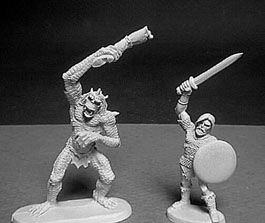One of the other participants in the game jam I joined produced a Game Boy adventure called OuttaTime. You can try it yourself in your browser here: https://jhample.itch.io/outta-time.
It’s a short game—only two levels—but given the jam was only a month long, that’s still quite an accomplishment. I finally completed the second level and this the game this morning:
The story line is that the Time Crystal has been shattered into six fragments, which you must reunite. Each level is split into two half levels, one half a dinosaur-infested past and the other a high-tech future. A simple press of the B button slides you between the two half levels. The trick is that the two half levels are similar but not identical, requiring carefully timed B presses where you jump in the past and land in the future or vice versa. Very cool.
My biggest concern with the game is the same problem I have playing any platformer on my phone: I have been unable to get used to virtual controls on the screen. The lack of the tactility of physical buttons throws me off.








.png)




















































































































.jpg)

































.png)








.jpg)













